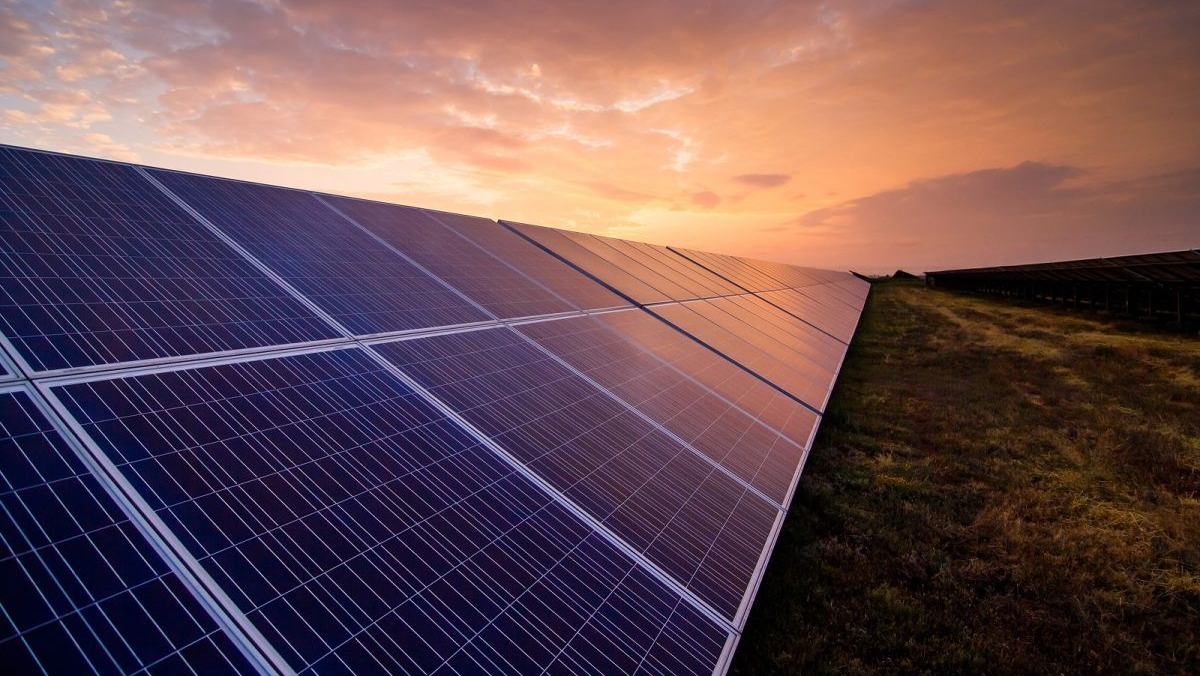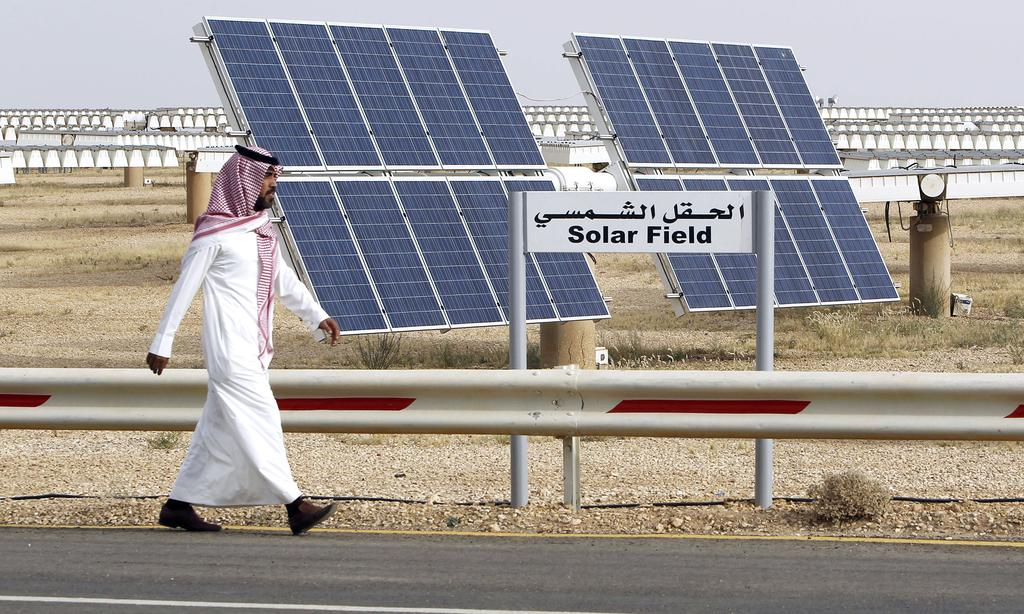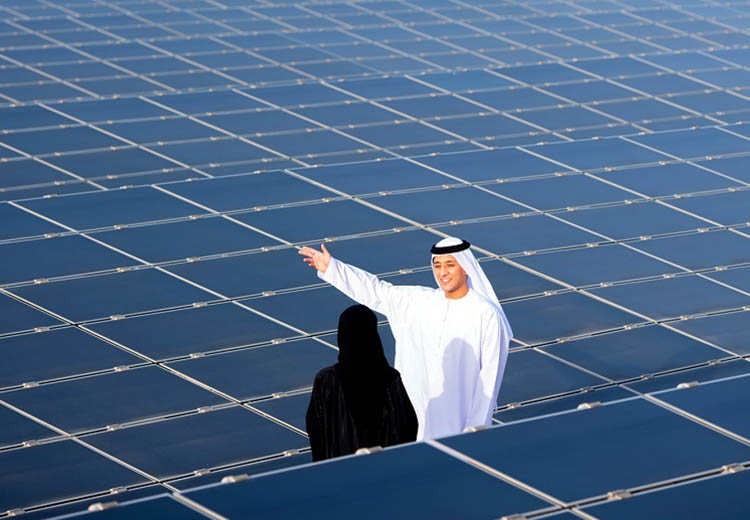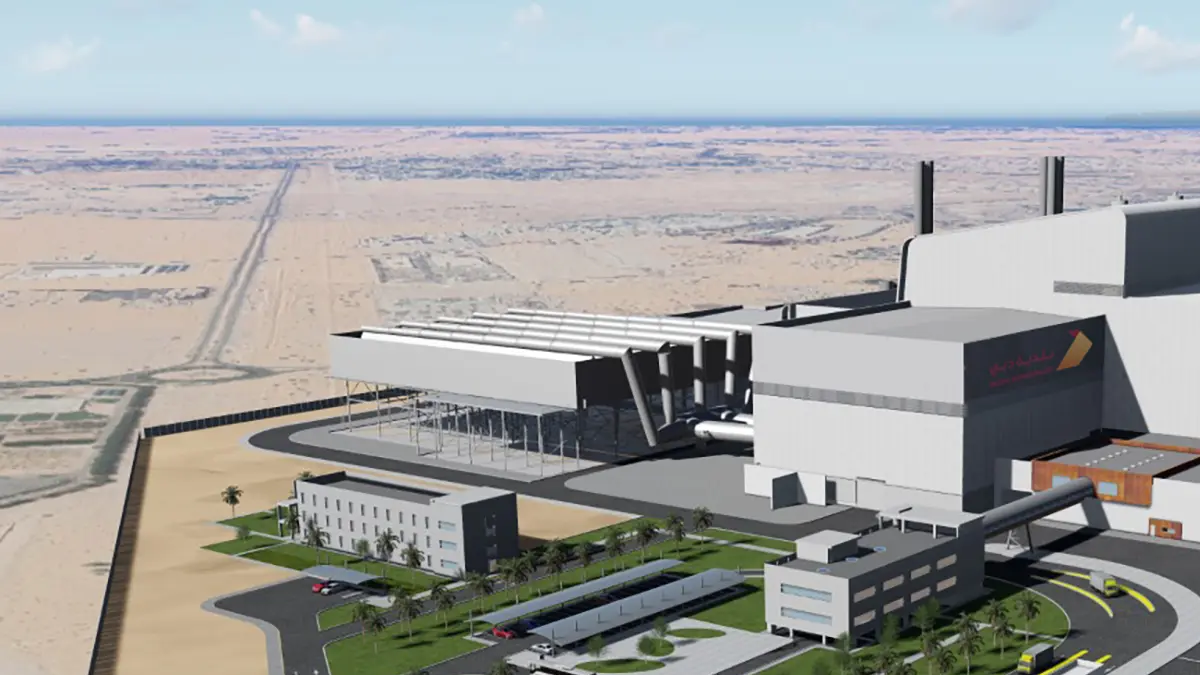Now Reading: Why Solar PV is Cheaper Than Ever in Middle East 2025!
-
01
Why Solar PV is Cheaper Than Ever in Middle East 2025!
Why Solar PV is Cheaper Than Ever in Middle East 2025!

Table of Contents
Middle East — June 2025
Solar power in the Middle East is now more affordable than ever, marking a major shift in the region’s energy landscape. As governments and investors double down on clean energy, the cost of solar photovoltaic (PV) systems continues to fall — setting global benchmarks and reshaping future energy plans.
In recent years, the Middle East has emerged as one of the world’s fastest-growing markets for solar PV, driven by abundant sunshine, falling installation costs, and strong government support. According to energy analysts, utility-scale solar PV prices in the region have dropped by nearly 90% since 2010, reaching record-low bids of under $0.015 per kilowatt-hour (kWh) in some projects.
What’s Driving the Solar Price Plunge?

Several factors have contributed to the significant decline in solar PV costs across the Middle East:
1. Economies of Scale
Massive solar farms in the UAE, Saudi Arabia, and Egypt have allowed developers to buy components in bulk and negotiate better deals with contractors. These utility-scale projects benefit from lower operational costs, helping drive down the cost of energy production.
2. Global Manufacturing and Supply Chain Improvements
The cost of PV panels and inverters — the core components of any solar system — has dropped due to innovation and increased production, especially from manufacturers in China and India. Middle Eastern countries have leveraged these falling global prices to build projects at highly competitive rates.
3. Government Support and Competitive Auctions
Most GCC nations use a bidding process to award solar projects. These auctions have encouraged fierce competition, forcing companies to offer the lowest possible prices. For example, Dubai’s Mohammed bin Rashid Al Maktoum Solar Park and Saudi Arabia’s Sakaka PV project have both set global price records.
4. Strong Financing and Investment Appetite
The Middle East’s financial institutions are increasingly willing to fund green energy projects, seeing them as low-risk and high-reward. Low interest rates and long-term power purchase agreements (PPAs) have also made it easier for developers to invest in solar.
How Low Are Solar PV Costs Now?
The Middle East has seen solar PV tariffs fall below most other regions in the world. As of 2025:
- Dubai: In 2020, the Al Dhafra project bid a world-record low tariff of 1.35 US cents/kWh.
- Saudi Arabia: The Sudair solar PV project announced in 2021 achieved a tariff of 1.24 US cents/kWh.
- Oman: Barka and Ibri solar farms are producing energy for under 2 US cents/kWh.
- Qatar: The Al Kharsaah solar plant achieved a rate of 1.57 US cents/kWh.
These numbers are significantly below the global average, which remains around 3–5 US cents/kWh for large-scale projects.
Why This Matters for the Region and the World
The Middle East has traditionally relied on fossil fuels — mainly oil and gas — to power its economies. However, as global pressure mounts for climate action and as nations aim for net-zero goals by 2050 or 2060, solar energy is quickly becoming the region’s best bet for a sustainable future.
Reducing Carbon Emissions
Replacing oil-based power generation with solar energy could cut millions of tons of CO₂ emissions each year. Countries like the UAE and Saudi Arabia have already announced major decarbonization strategies in line with the Paris Agreement.
Diversifying Energy Mix
Relying on renewables allows these countries to reduce domestic oil consumption and boost exports. This aligns with long-term visions such as Saudi Vision 2030 and UAE Energy Strategy 2050.
Job Creation and Economic Growth
The solar industry is becoming a major job creator, especially in construction, maintenance, and R&D. Training local talent to manage and operate these systems adds long-term value to the economy.
What’s Next for Solar PV in the Middle East?
With solar PV costs at historic lows, experts believe the region is only just beginning its clean energy journey. Here’s what’s on the horizon:
More Mega Projects
Saudi Arabia is planning the Neom city project, which includes massive renewable energy infrastructure. Similarly, the UAE is expanding its solar park to reach 5,000 MW capacity by 2030.
Solar-Driven Green Hydrogen
With cheap solar energy, the Middle East is now eyeing green hydrogen production — a cleaner fuel alternative for transport and heavy industry.
Energy Storage and Grid Modernization
As solar is intermittent, countries are investing in battery storage systems and smart grids to ensure stable energy supply. The integration of artificial intelligence and data analytics is expected to optimize performance and forecasting.
Cross-Border Energy Trading
There are increasing talks about linking GCC power grids to share surplus solar energy across borders. This will help balance supply and demand and ensure resilience during peak usage.
Challenges Still Ahead

Despite the positive momentum, several challenges remain:
- Land and Water Use: Large solar farms require significant space and water for cleaning panels.
- Grid Infrastructure: Some countries still need to upgrade their transmission systems to handle renewable integration.
- Skilled Workforce: The region must invest in education and training to sustain long-term growth in solar.
Still, with continued political will and investor confidence, the Middle East is well-positioned to become a global leader in solar energy.
Conclusion: A Bright, Solar-Powered Future
As solar PV costs continue to decline in the Middle East, the region stands at the forefront of the global energy transition. Once known for its oil reserves, it is now making headlines for setting records in clean energy — a transformation driven by innovation, policy, and a clear vision for the future.
With solar becoming the cheapest source of electricity, the message is clear: The future of energy in the Middle East is not just bright — it’s solar-powered.
Read More:- Deyaar’s Latest Announcement Shakes Up the UAE Property Market





















